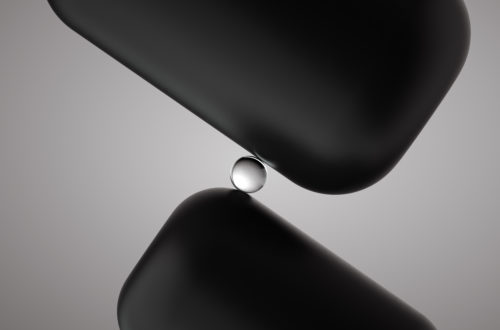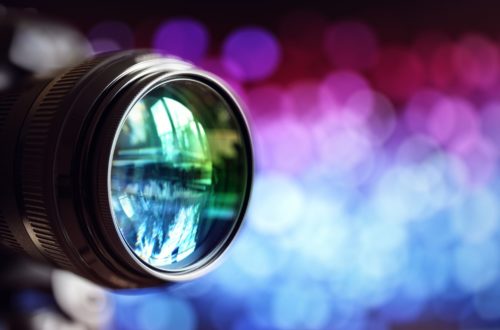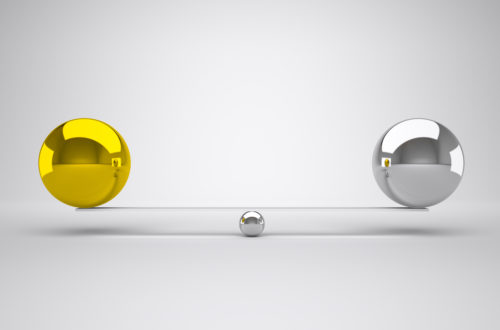The Intellectual Property Department of the Government of the Hong Kong Special Administrative Region of the People’s Republic of China (HKIPD) has recently made several updates to the Hong Kong Patents Examination Guidelines, effective from 26 January, 2024. These changes mainly clarify and reflect the Registry’s current practices regarding patent examination for Standard Patent (R) Applications, Standard Patent (O) Applications (i.e., Original Grant Patents (OGP)), and Short-Term Patent Applications. We briefly summarize the key revisions below:
Section 1: Novelty – This section only made a minor textual revision to correct a typographical error to refer to the correct section (from section 1.61 to 1.62) in 1.61. The change made is not substantial.
Section 4: Exclusions from Patentability: Excluded Subject Matter – The revisions in Section 4.7 clarify that art falling within the field of section 9B(3)1 of the Ordinance will not be excluded for consideration when assessing the contribution that an inventor has added to human knowledge in the second step of the Aerotel/Macrossan test2. In other words, all art falling within the definition of “state of the art” under 9B(3) shall be included within the scope of “human knowledge”.
Section 7: Kinds of Claims – The amendments made to Section 7.6 aim to clarify the examples of claims that are not necessarily dependent claims in substance. In brief, the amendments clarify that (1) a claim referring to another claim of a different category (e.g., an apparatus for carrying out the process of claim 1); and (2) a claim to one part referring to another co-operating part of another claim (e.g., a plug for co-operation with the socket of claim 1) are not necessarily dependent claims in substance. In other words, they are considered independent claims.
Section 13: Patent Applications – The revised guidelines in section 13.24(b) clarify the examination standards of the statement of entitlement to apply. In brief, an updated official register of the designated patent office or an official communication from the designated patent office confirming a transfer, assignment or mortgage will no longer be recognized as a supporting document that can establish an applicant’s entitlement to apply for a request for registration and grant of a Standard Patent (R) if the applicant for the request for registration and grant is not the same as the entity named in the register (i.e., the applicant for request to record). The applicant will need to submit a copy of the duly executed transfer, assignment or mortgage agreement.
Section 15: Substantive Examination of Standard Patent (O) Applications and Short-term Patents – This section has undergone significant changes to provide further clarity and guidance on the role of hearings as part of the patent prosecution process. In brief, for a Standard Patent (O) and Short-Term application, if the Registrar issues a review opinion and/or a further review opinion(s) to the applicant, the Registrar will generally offer the applicant an opportunity to file a request for a hearing if the Registrar thinks it fit to do so. In addition, before a Standard Patent (O) application is refused (section 15.29A) or a Short-Term patent is revoked (section 15.50A), the applicant or the proprietor must be given an opportunity to be heard. In other words, OGP and Hong Kong Short-Term applicants generally will have an opportunity to conduct a hearing in response to a review opinion and/or further review opinion(s), especially before an application is finally rejected/revoked.
EIP Thoughts
Since its launch in December 2019, the Standard Patent (O) (i.e., OGP system) has enriched the patent landscape in Hong Kong. This system allows applicants to directly file patent applications in Hong Kong without the need for a prior granted patent from China, Europe, or the UK. As we enter the fifth year of its implementation, a significant number of initial applications have now reached the substantive examination stage. We believe that the HKIPD has recognized the need for clarification of certain aspects of the Patents Examination Guidelines to ensure consistency with the latest practices and examination procedures. For further details and the complete revised guidelines, please refer to the Hong Kong Intellectual Property Department’s official website.
We hope this information proves useful and assists you in navigating the Hong Kong patent examination processes effectively. As always, we remain dedicated to providing Hong Kong patent law updates.
If you would like to have more information on this matter or would like to have our advice, please feel free to contact us at eip@eipgroup.asia.
This article is for general informational purposes only and should not be considered legal advice or a legal opinion on a specific set of facts.
About the Authors

Bill Yip is a qualified Chinese Patent Attorney at Eagle IP, a Boutique Patent Firm with offices in Hong Kong, Shenzhen, and Macau.

Jennifer Che, J.D. is Managing Director and a US Patent Attorney at Eagle IP, a Boutique Patent Firm with offices in Hong Kong, Shenzhen, and Macau.
- Art falling within the field of section 9B(3) comprises the contents of the following applications for an invention:
(a) a standard patent (R) application as filed—
(i) the material date of which is before the material date of the subject application; and
(ii) the corresponding designated patent application of which was published by the designated patent office on or after the material date of the subject application;
(b) a designated patent application as filed in a designated patent office—
(i) the date of filing of which or, if priority was claimed in the designated patent office, the date of priority accorded in the designated patent office, is before the material date of the subject application; and
(ii) which was published by the designated patent office on or after the material date of the subject application;
(c) a standard patent (O) application, as filed and as published—
(i) the material date of which is before the material date of the subject application; and
(ii) which was published under section 37Q on or after the material date of the subject application; and
(d) a short-term patent application—
(i) the material date of which is before the material date of the subject application; and
(ii) because of which a short-term patent was published under section 118 on or after the material date of the subject application.
↩︎ - Aerotel/Macrossan test is a 4-step test laid down by the English Court of Appeal in Aerotel Ltd v Telco Holdings Ltd Macrossan’s Patent Application [2007] RPC 7. Hong Kong examiners adopt this test to determine whether a patent application only involves excluded subject-matter. The 4 steps are:
(a) properly construe the claim;
(b) identify the actual contribution;
(c) ask whether it falls solely within the excluded subject-matter; and
(d) check whether the actual or alleged contribution is actually technical in nature.
The second step (step (b)) of the Aerotel/Macrossan test is essentially asking what the inventor has added to human knowledge. Identifying the actual contribution made by the claims is an exercise of judgment, and involves considerations such as the problem said to be solved, how the invention works, and what its advantages are.
↩︎





